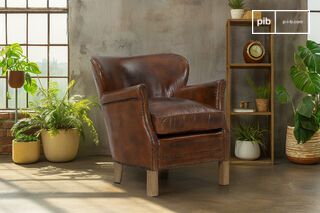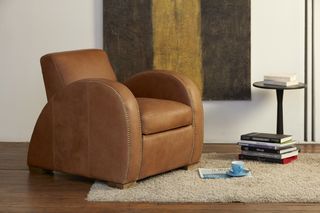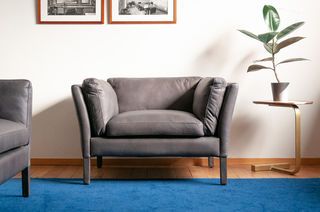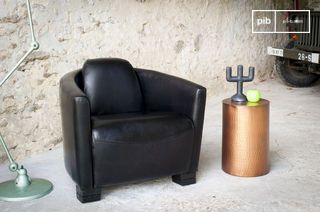Office armchairs
Office chairs are part of an extended daily use logic. Their role is not confined to seating: they organize the workspace, define a functional zone and influence posture. Their design varies according to constraints of movement, surface and visual environment. Whether in a dedicated room or an integrated office corner, each model responds to a precise configuration. The category encompasses different types of office chair, with or without armrests, fixed or mobile base, hard materials or wraparound textiles. read more >
Filters

Delimiting workspace with the office chair
An office chair materializes a functional zone in the home. Whether installed in a dedicated room or a shared space such as a living room or bedroom, it signals a specific activity. Its structure and size influence the overall perception of the working environment. A compact chair fits easily into an alcove or corner, while a wraparound or high-backed model imposes a more marked presence. In both cases, it's essential to consider the proportion between the seat, the table and the space available around it.
Office chair typologies by use
Some office chairs are designed for one-off work sessions, others for prolonged use. The distinction is reflected in the presence or absence of tilting mechanisms, adjustments or armrests. A chair with a fixed base is ideal for an occasional or decorative office, while a model with castors offers greater mobility and flexibility. Shapes, meanwhile, influence posture: a deep seat and sloping backrest for a relaxed position, or a straight, lightly upholstered backrest for a more toned posture.
Materials and visual perception in furnishing
The choice of upholstery modifies the perceived appearance of the office chair in space. Smooth leather reflects a structured image, suitable for sober environments. A matte or textured fabric softens volumes and blends better into a domestic interior. The base, whether metal or wood, also contributes to overall coherence. It should be placed in relation to the other visible elements of the room: work table, shelves, light fittings or walls. The chair thus becomes a point of articulation between professional furniture and residential elements.
Choosing an office chair is not just a matter of seating comfort, but involves a precise reading of space constraints, design rhythms and visual balances.



